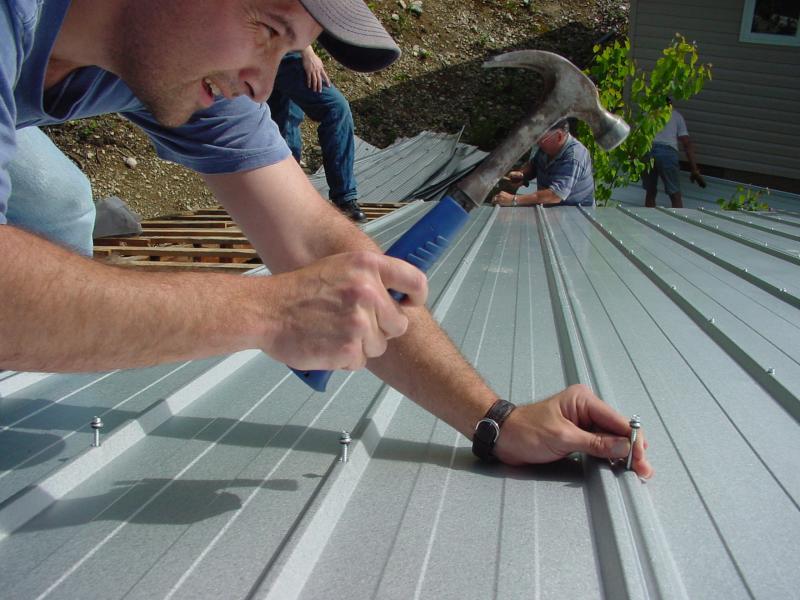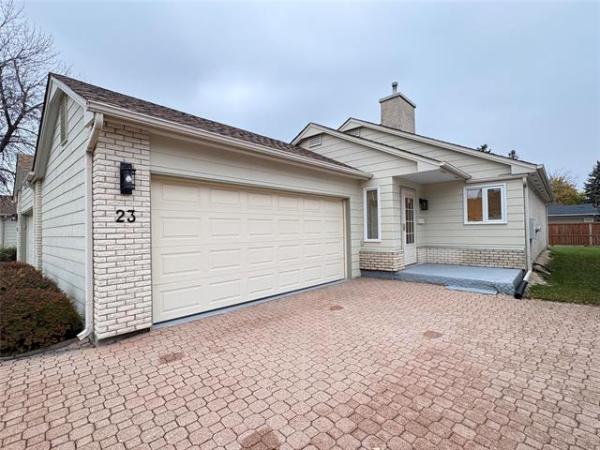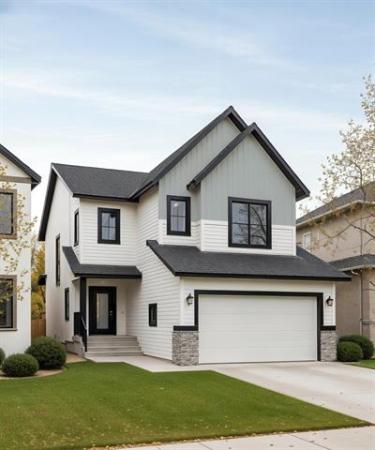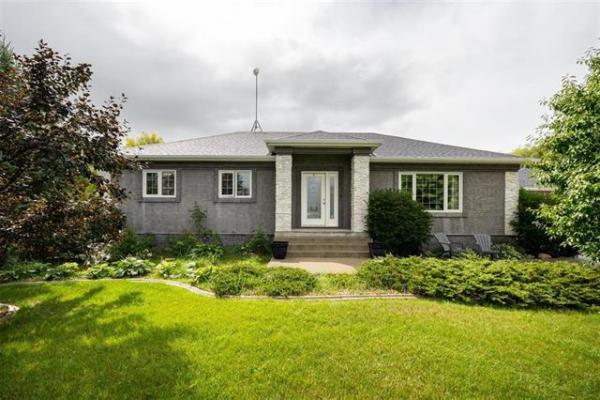QUESTION: I am a regular reader of your column in the Winnipeg Free Press. I would like to know your opinion on installing tin roofs for residential houses. The asphalt shingles on my house are at the end of their lifespan and need replacement. I would like to install something more permanent than the asphalt shingles. Could you please tell me the advantages and disadvantages of the tin roof? Any information you can provide would be greatly appreciated.
Ben William, email
ANSWER: Choosing a higher-quality replacement for your traditional asphalt-shingled roof does pose some challenges, and your question is one that is often explored when the old roofing wears out. I will discuss some of the pros and cons of metal roofing versus regular shingles.
I must start by correcting a gross error in your inquiry. Tin has not been widely used for building materials like roofing for many decades. It's far too costly and has been replaced by other metal products like galvanized steel and painted aluminum.
The most common type of metal roofing is steel, which may be purchased with an unpainted, galvanized finish or various painted finishes. It is the most popular because of the cost and durability. There may be limited varieties available for residential use in our area, but the selection increases every year as the popularity grows and new products are developed by manufacturers.
Metal roof systems are considered to be one of the highest quality, due to the longevity, durability and lack of maintenance required. Once metal roofing is applied to a pitched roof, it may last indefinitely with minimal problems. Unless there are major hail storms or trees falling on the roof, it may provide good protection for the roof system for decades. Unfortunately, that high quality does not come cheap.
The cost of a properly installed metal roof is not beyond the reach of many homeowners, but is significantly higher than regular asphalt shingles. That's one of the main reasons it is not more popular, other than in rural areas. If life expectancy is taken into consideration, the cost is not really higher than other types of roofing, but the initial outlay of funds can dissuade many people that don't see the benefits in the long term.
While higher cost may be one negative feature of this roof covering, there are a couple of others issues that are more specific to our climate.
Modern metal roofing is typically installed in long, vertical sheets that often span from the peak of the roof to the eaves. Because of this feature, snow and ice buildup can pose a safety hazard unique to northern climates. When the weather warms in the spring, or during mid-winter melts, the snow can let go and cause a small avalanche that may endanger anyone walking underneath the eaves. To combat this, snow guards protruding from the roofing are often installed near the eaves -- and other areas on large roofs -- to hold the snow in place and prevent a sudden avalanche.
The other major issue with many types of metal roofing for pitched roofs is the aesthetics. Most people are familiar with the typical corrugated, straight-lined roofing seen on rural homes, barns and commercial buildings. Because of the industrial look of this material, many homeowners shy away from its use.
Fortunately, there are now several manufacturers that have created more textured and appealing types of metal roofing. Some of these mimic slate or cedar shingles and may be more attractive than many types of asphalt shingles. Various colours are also available, not just the typical galvanized or green styles we are familiar with on rural homes.
The major benefits of metal roofing are the long life and problem-free use, but this only applies if the roofing is properly installed. Unlike asphalt shingles, which can be installed by amateurs in a sloppy manner and still remain functional, metal roofs must be done right.
Older roofs with sagging or uneven surfaces may have to be strapped to provide a straight surface for the rigid roofing. This may increase the cost due to the time involved installing new wood over top of the old roofing. Also, proper fasteners with integral gaskets must be used to prevent leakage where the roofing is attached to the substrate. Ridge capping and vents also require well-trained installers to prevent leakage in isolated areas. Just like other roofing materials, protrusions like chimneys and plumbing vents must be properly sealed to prevent moisture intrusion.
Another benefit of metal roofing is that it may be ideal for problematic roof systems, like 1 1/2-storey story homes, that have inherent ventilation issues. These styles of roofs may be prone to premature deterioration of asphalt shingles, particularly at the valleys and eaves. Metal roofing will not wear unevenly at these areas, as long as the pitch of the roof is sufficient and the materials are properly installed. Locations subject to quick roofing deterioration due to high humidity or other factors, like many of our summer homes in lake country, may also be ideal for metal roofs.
Overall, metal roofing may be an excellent choice for your roofing replacement if you have the vision to plan for the long haul. While it may cost more initially, the long-term durability and performance may outweigh the additional expense.
Ari Marantz is the owner of Trained Eye Home Inspection Ltd. and the president of the Canadian Association of Home & Property Inspectors - Manitoba (www.cahpi.mb.ca). Questions can be emailed or sent to: Ask The Inspector, P. O. Box 69021, #110-2025 Corydon Ave., Winnipeg, MB. R3P 2G9. Ari can be reached at (204) 291-5358 or check out his website at www.trainedeye.ca.
trainedeye@iname.com




